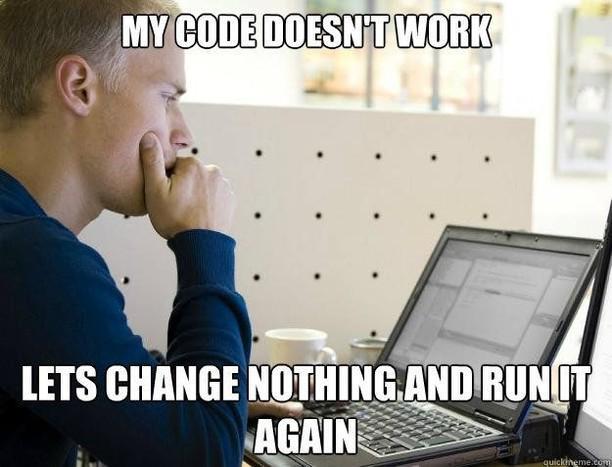this post was submitted on 24 Jan 2024
971 points (98.2% liked)
Programmer Humor
19918 readers
1708 users here now
Welcome to Programmer Humor!
This is a place where you can post jokes, memes, humor, etc. related to programming!
For sharing awful code theres also Programming Horror.
Rules
- Keep content in english
- No advertisements
- Posts must be related to programming or programmer topics
founded 2 years ago
MODERATORS
you are viewing a single comment's thread
view the rest of the comments
view the rest of the comments

Not necessarily. In this scenario I'd imagine it's a series of numbers as opposed to something more human-friendly exactly because there's internal complexity that's important but hard to manually survey, let alone generate. If you've worked with GANs at all, maybe it's a point in a latent space.
I mean it in the standard functional language way, if you're familiar. There's an operation that happens at some step of an algorithm, and it changes a data structure which is referred to or updated at another step. Sometimes you can't really avoid it, because the problem itself has an interconnection like that.
A sorting algorithm example, if that doesn't make this too complicated.
Concurrency it's pretty much guaranteed to do it, so let's say we're trying to implement some sort of bespoke sorting algorithm, where each compare is large and complex enough we have bugs, and which runs in multiple threads.
If threads are interfering with each other in this program, how do you test for that? The whole thing won't give expected results, obviously, but another unsorted array or a failure to terminate doesn't tell you much. Each compare and each swap might look correct at first, and give properly typed results. Let's assume that each thread might traverse to anywhere in the array, so you can't just check when they're overlapping.